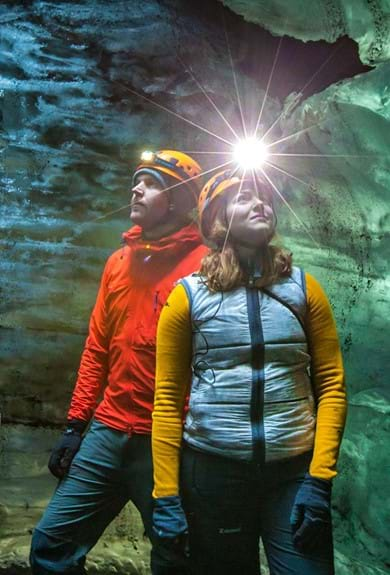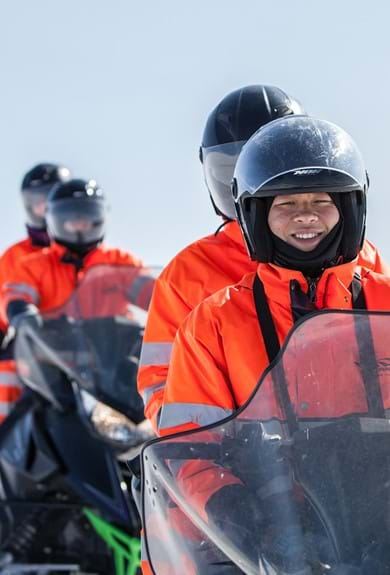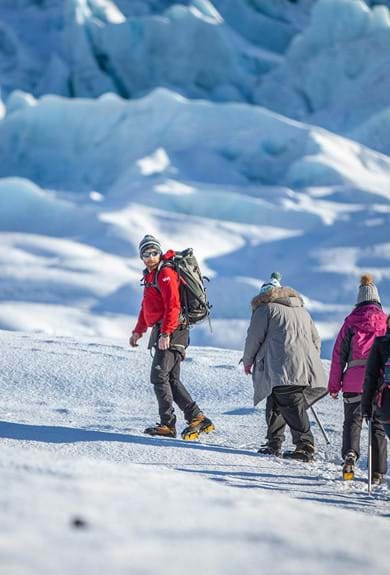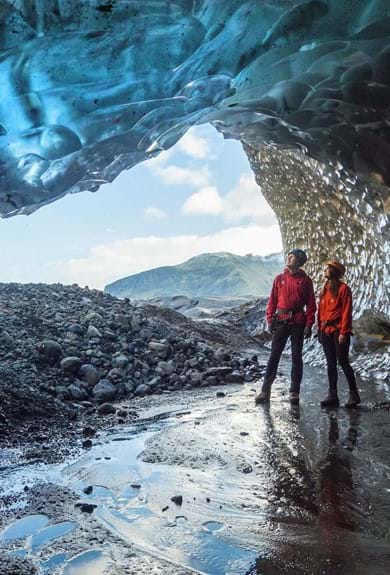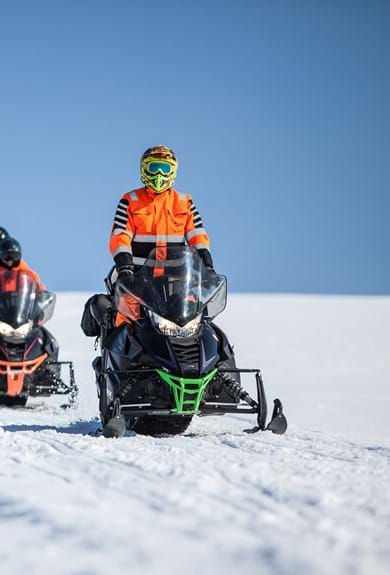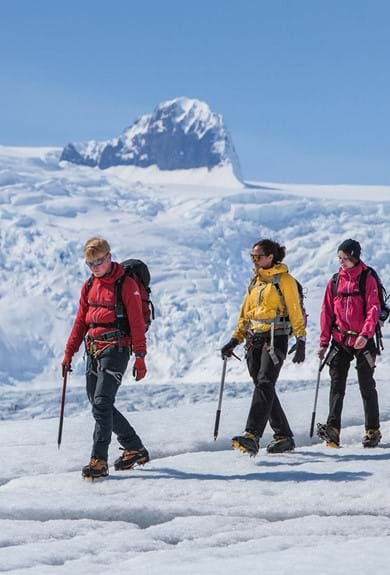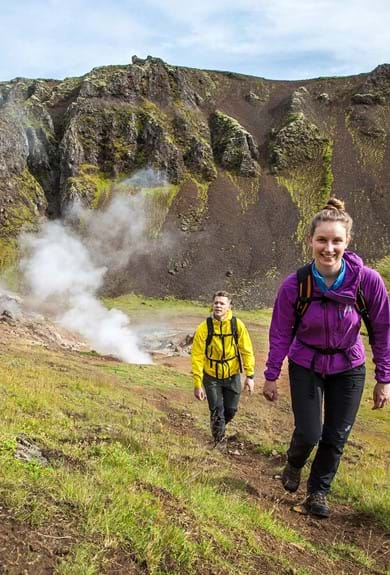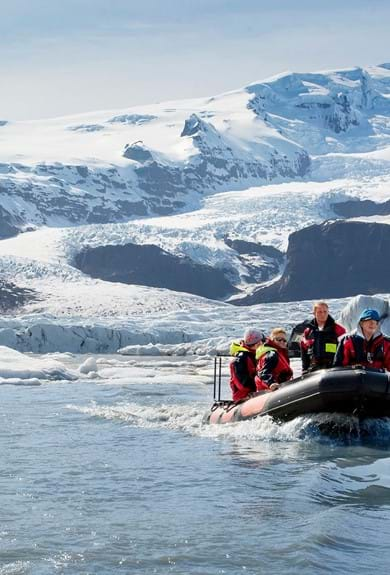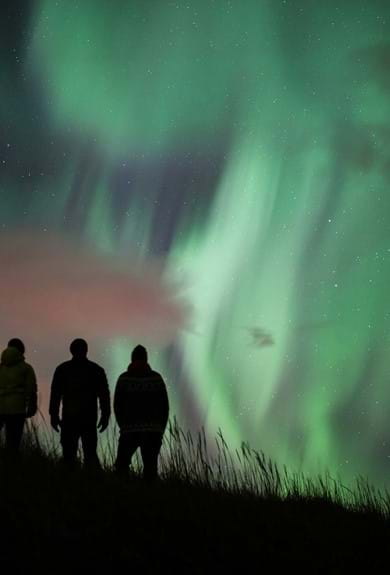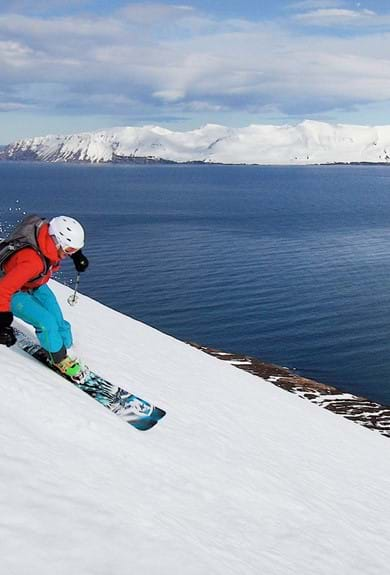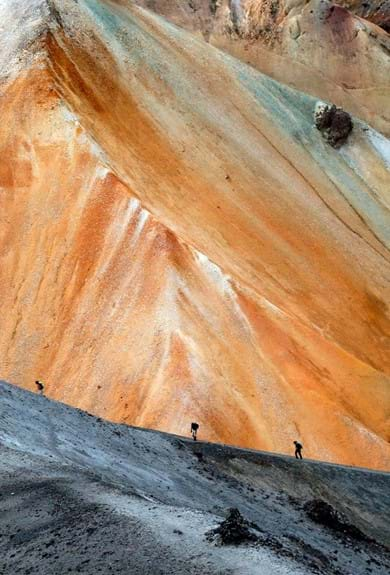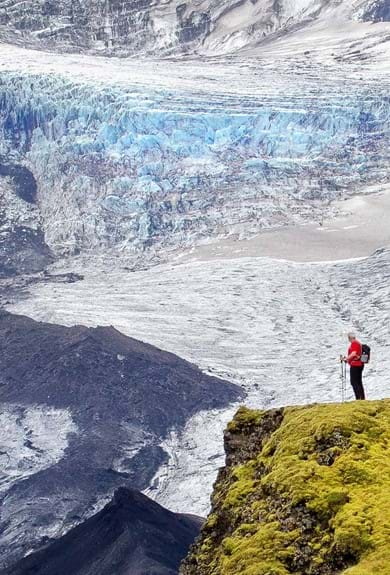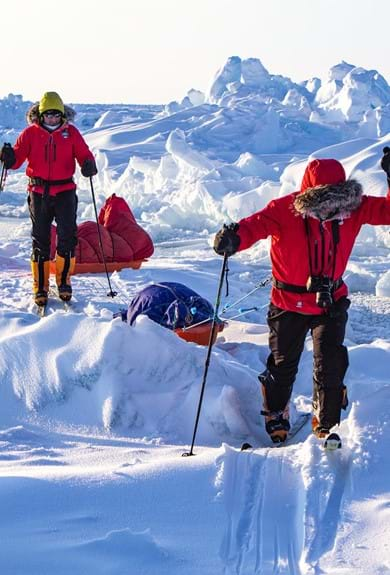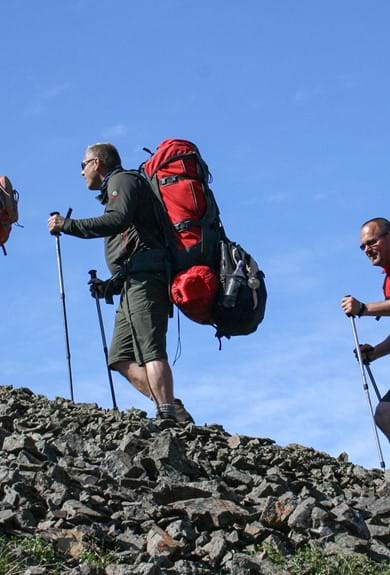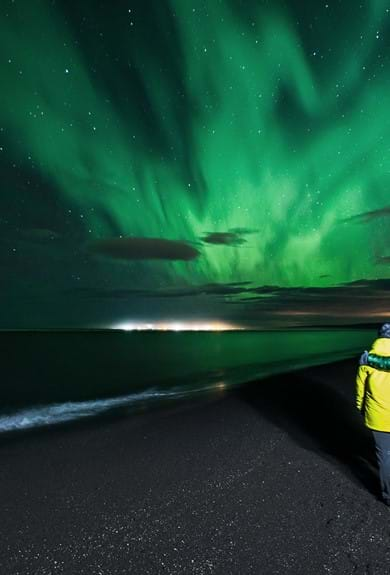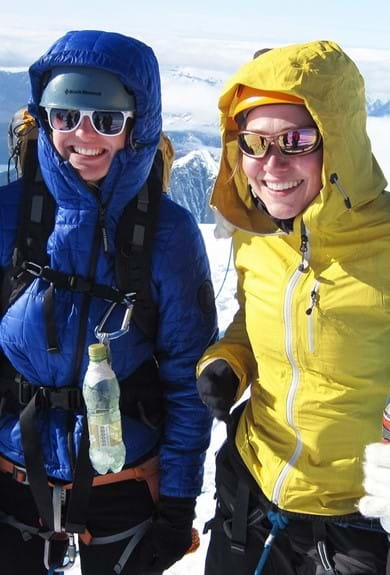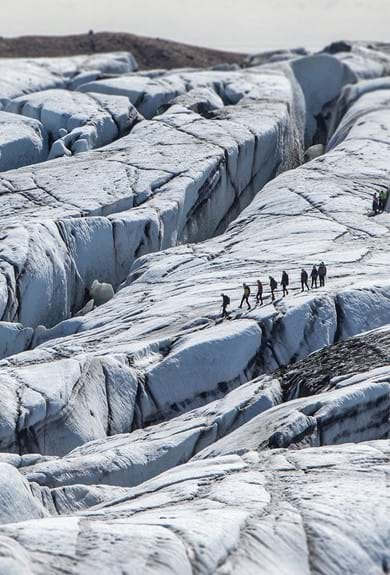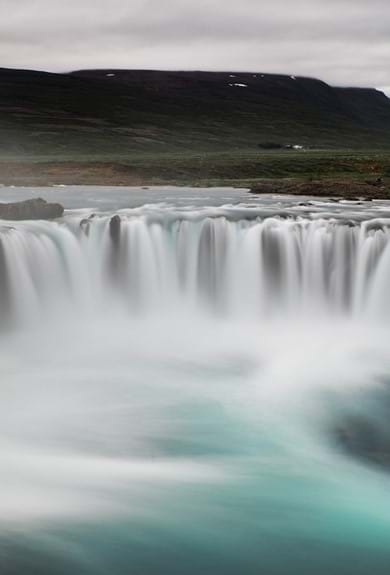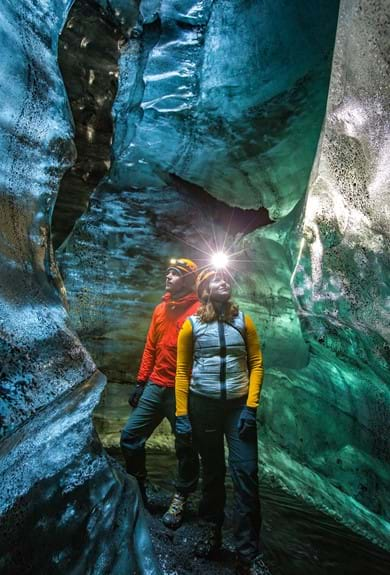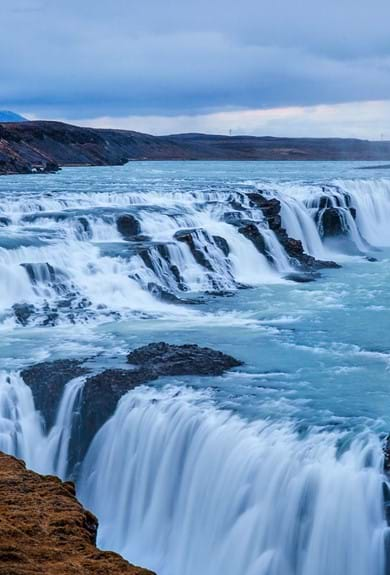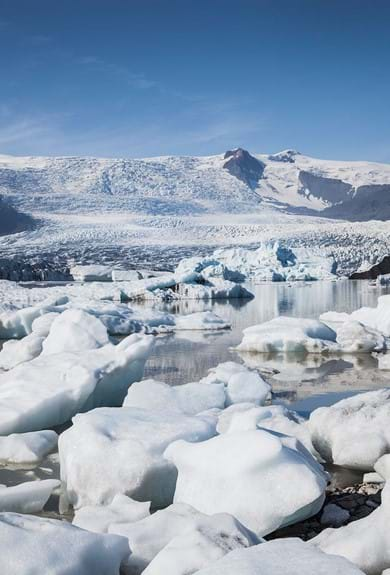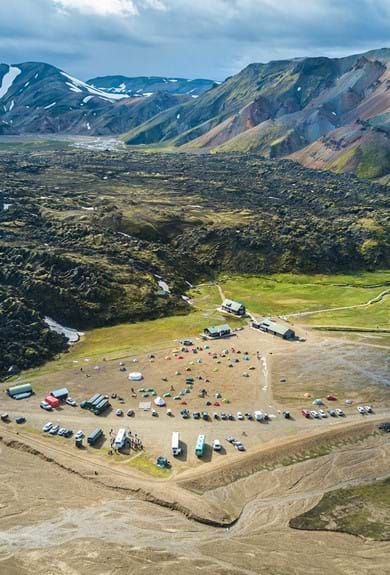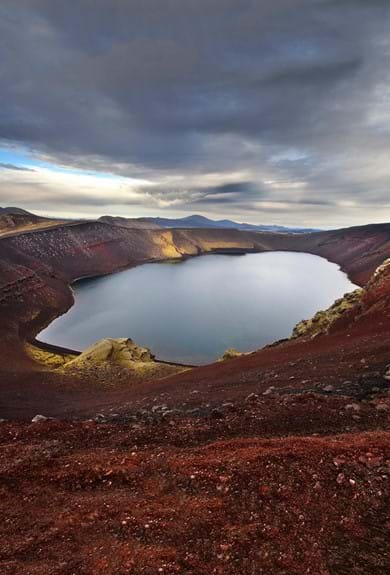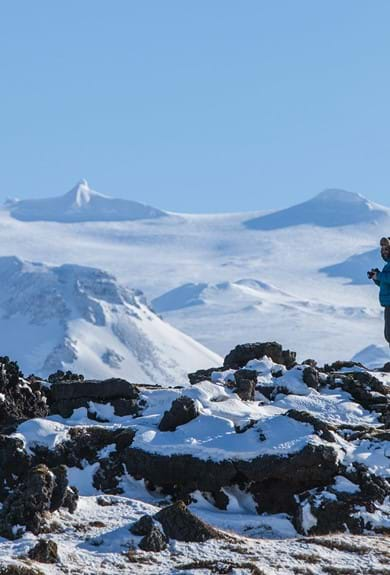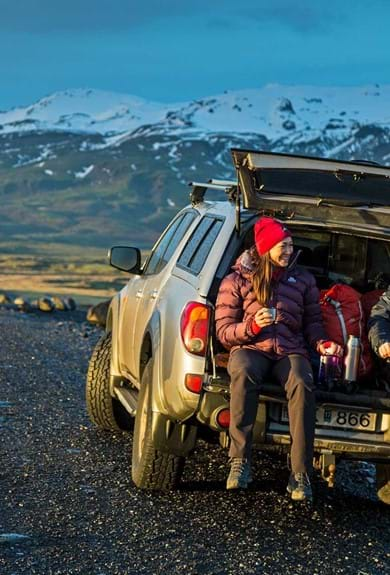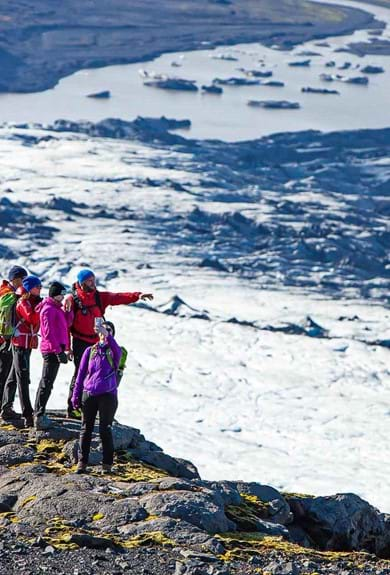Cotton absorbs and retains moisture from the air and from your body, which makes it a dangerous fabric to wear when trekking in the extremes of Iceland.
Iceland is a land of extremes: extreme types of terrain, and extreme and sudden changes in weather conditions. Expeditions in Iceland, be it hiking, cross-country skiing across a glacier, or scaling a rugged peak require proper gear, and one piece of gear you don’t want is clothing made of cotton. Dramatic as it sounds, cotton can kill you.
To know why this is true, several terms needs to be understood:
-
Wick/Wicking: to absorb or drain a fluid or moisture, like a wick; 2) a fabric that wicks away perspiration. When dealing with clothing, a fabric that soaks up body moisture and drains it from your skin to the outer surface of the fabric is said to have good wicking properties.
-
Hydrophilic: having a strong affinity to absorb water; 2) having a tendency to mix with, dissolve in, or be wetted by water. An hydrophilic fabric gets wet and stays wet — lacks wicking properties, and instead holds the moisture against your skin.
